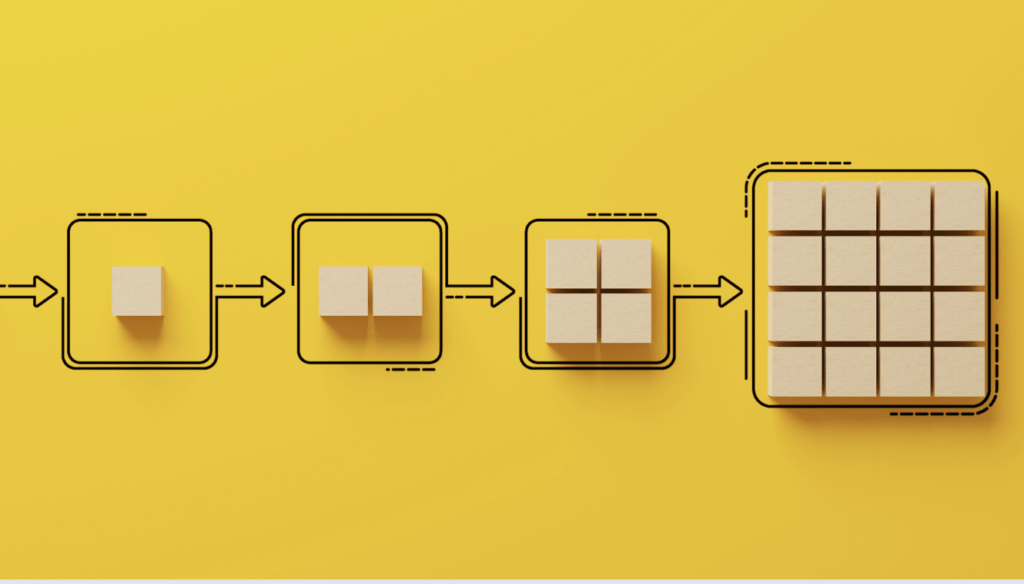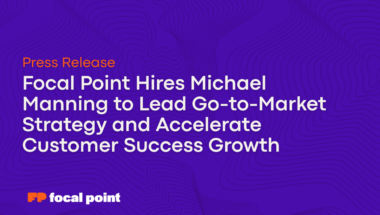While significant investments have been made in procurement infrastructure to handle transactional tasks, managing the more complex and strategic projects is still predominantly orchestrated and managed through emails and spreadsheets due to lack of organizational, process and system cohesion. Teams can’t be strategic or efficient without seeing the end-to-end procurement process that culminates with acquisition and purchase, including an analysis of savings.
Today, with the soaring costs of goods and services, supply chain disruptions and more challenges facing enterprises, an automated end-to-end solution is needed. To keep pace with digital transformation, enterprises shouldn’t overlook the procurement process.
3 Critical Components of a Modern, Automated Procurement Management Platform will allow enterprises to have:
Full Alignment with Internal Teams
- Intake & Triage
- A single point of entry
- Clean, understandable U/I
- Request forms that can be automatically sent to appropriate parties for review; configurable
- Approvals in one location
- Progress visibility and updates of each request
- Connectivity to existing self-service options for quick resolution
A Visible Execution and Management Process
- On the project dashboard, you can see thumbnails of stakeholders, tasks, suppliers and associated costs, etc.
- Approvals are all on the same screen, clean simple interface
- Gantt charts to address team and individual project loads
- A Solution that brings every aspect of procurement orchestration together.
- Determining objectives, gathering requirements, inviting suppliers, obtaining approvals, setting baselines and agreeing on benefits
- Due to the rise of APIs, which used to be the bastion of IT only, enterprises can easily unify/connect the dots between existing/legacy solutions to maximize the efficiency of their entire tech stack and ecosystem solutions
- Connectivity to internal data sources and adjacent processes for seamless handoffs
- Data visualization with decision boards: Aggregation of data from cross-organizational channels
- Custom configurations
Consolidated Data to Measure KPIs
- Shifting economic pressures: inflation, Recession, supply chain
- Financials tab that shows project savings
- Supplier win/loss ratios and reasoning for not selecting a supplier
- Diversity and ESG metrics
- One-click reporting in additional to dashboard settings: delivers out of the box information related to savings
- Shows financial benefits by commodity and over time
- Full line of sight for executives at a moment’s notice so that leaders can report back to executive leadership
Conclusion
By digitizing and automating processes that are currently managed on spreadsheets and generic work management solutions, enterprises will be able to really see and assess what works in their procurement strategy. Addressing all aspects of procurement orchestration, from activity intake & triage to execution, collaboration, and performance management within the framework of a single solution is the answer. By integrating with legacy systems, consolidating data and optimizing ROI of existing investments, a smart technology acquisition doesn’t have to be a rip and replace. Overall, a procurement management solution should facilitate teams’ ability to collaborate across departments to complete complex tasks



